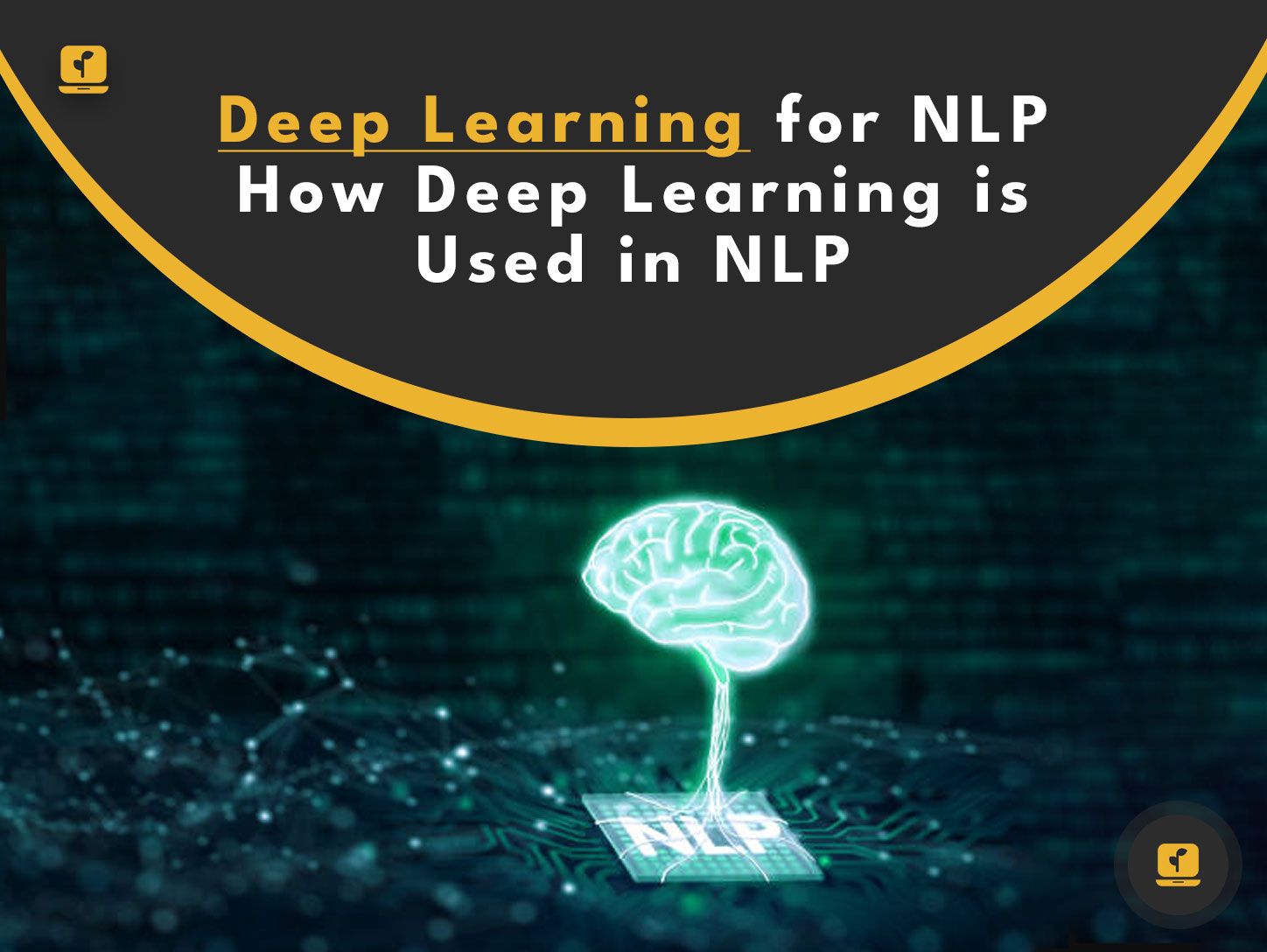As humans, we communicate with each other every day using natural language. However, the ability to understand and process natural language has been a significant challenge for computers. This is where Natural Language Processing (NLP) comes in. NLP is a subfield of Artificial Intelligence that focuses on the interaction between computers and human language. It enables machines to analyze, understand, and generate human language.
Table of Contents
NLP has become an essential tool in various industries such as healthcare, finance, customer service, and marketing. It helps businesses gain insights from customer feedback, improve customer experience, and automate repetitive tasks. In this article, I will provide an overview of NLP and its techniques that you should know.
What is NLP? Understanding the Meaning and Definition of NLP
NLP is the ability of machines to understand human language and communicate with humans in a way that is natural for them. It involves the use of algorithms, statistical models, and linguistics to analyze and interpret natural language. NLP helps machines to extract meaning from text and speech, identify patterns, and generate responses.
NLP is a complex field that involves various techniques and models. Some of these techniques include sentiment analysis, speech recognition, named entity recognition, and machine translation. These techniques enable machines to perform tasks such as language translation, chatbot development, and text summarization.
The Evolution of NLP – How NLP Developed over Time
The development of NLP can be traced back to the 1950s, where researchers developed the first machine translation system. However, the system was not effective due to the complexity of natural language. Over time, researchers developed various techniques and models that improved the accuracy of NLP systems.
The 1990s saw the development of statistical NLP models, which improved the accuracy of language processing. In the 2000s, the availability of large datasets and computing power enabled the development of deep learning techniques, which have significantly improved the accuracy of NLP systems.
Techniques and Models of NLP – An Overview of the Different Approaches
NLP involves various techniques and models that enable machines to understand and process natural language. One of the techniques is sentiment analysis, which involves analyzing text to determine the sentiment or emotion expressed. Sentiment analysis is useful in analyzing customer feedback, social media posts, and reviews.
Another technique is named entity recognition, which involves identifying and classifying named entities such as people, organizations, and locations. Named entity recognition is useful in text summarization, search engines, and information retrieval.
Machine translation is another technique that involves translating text from one language to another. Machine translation has been used in various applications such as language learning, e-commerce, and communication.
The Role of Hints in NLP – How Hints Processes Language
Hints is a model of NLP that involves the use of rules and patterns to process language. Hints uses a set of rules to analyze text and identify patterns that match specific grammatical structures. Hints is useful in applications such as text classification, information extraction, and question answering.
Hints processes language by breaking it down into its constituent parts, such as words and phrases, and then analyzing them based on a set of rules. Hints can also identify relationships between words and phrases, such as subject-verb-object relationships.
Introduction to NLP Algo – Understanding the Basics of NLP Algorithms
NLP algorithms are the backbone of NLP systems. These algorithms enable machines to analyze, understand, and generate human language. Some of the popular NLP algorithms include Naive Bayes, Support Vector Machines, and Neural Networks.
Naive Bayes is a probabilistic algorithm that is used for text classification. The algorithm uses Bayes’ theorem to calculate the probability of a document belonging to a particular class.
Support Vector Machines (SVM) is another algorithm used for text classification. SVM is a supervised learning algorithm that learns from labeled data to classify documents into different categories.
Neural Networks are a class of algorithms that are inspired by the structure and function of the human brain. These algorithms are used in various NLP tasks such as language translation, speech recognition, and sentiment analysis.
Deep Learning for NLP – How Deep Learning is Used in NLP
Deep Learning is a subfield of Machine Learning that focuses on training artificial neural networks to learn from large datasets. Deep Learning has significantly improved the accuracy of NLP systems by enabling machines to learn from vast amounts of data.
Deep Learning algorithms such as Recurrent Neural Networks (RNN) and Convolutional Neural Networks (CNN) have been used in various NLP tasks such as language translation, speech recognition, and sentiment analysis.
RNNs are used in tasks that involve sequential data such as speech recognition and language translation. RNNs are useful in processing sequences of words to generate a sentence.
CNNs are used in tasks that involve image processing, but they have been modified for use in NLP tasks such as text classification and sentiment analysis. CNNs are useful in identifying patterns in text and classifying documents into different categories.
Deep Learning in NLP – A Detailed Overview of Deep Learning Techniques
Deep Learning has revolutionized the field of NLP by enabling machines to learn from vast amounts of data. Some of the popular Deep Learning techniques used in NLP include Word Embeddings, Sequence-to-Sequence Learning, and Attention Mechanisms.
Word Embeddings are a technique used to represent words as vectors. Word Embeddings enable machines to understand the meaning of words and their relationships with other words in a sentence.
Sequence-to-Sequence Learning is a technique used in language translation and speech recognition. The technique involves mapping a sequence of input tokens to a sequence of output tokens.
Attention Mechanisms are used in tasks that involve long sequences of input tokens. Attention Mechanisms enable machines to focus on specific parts of the input sequence that are relevant to the task at hand.
Techniques for Natural Language Processing – Top 10 Techniques You Should Know
There are various techniques for Natural Language Processing that are useful in different applications. Here are the top 10 techniques that you should know:
- Sentiment Analysis – This technique involves analyzing text to determine the sentiment or emotion expressed. Sentiment analysis is useful in analyzing customer feedback, social media posts, and reviews.
- Named Entity Recognition – This technique involves identifying and classifying named entities such as people, organizations, and locations. Named entity recognition is useful in text summarization, search engines, and information retrieval.
- Machine Translation – This technique involves translating text from one language to another. Machine translation has been used in various applications such as language learning, e-commerce, and communication.
- Hints – This model of NLP involves the use of rules and patterns to process language. Hints is useful in applications such as text classification, information extraction, and question answering.
- Naive Bayes – This algorithm is used for text classification. The algorithm uses Bayes’ theorem to calculate the probability of a document belonging to a particular class.
- Support Vector Machines (SVM) – This algorithm is used for text classification. SVM is a supervised learning algorithm that learns from labeled data to classify documents into different categories.
- Recurrent Neural Networks (RNN) – This Deep Learning algorithm is used in tasks that involve sequential data such as speech recognition and language translation.
- Convolutional Neural Networks (CNN) – This Deep Learning algorithm is used in tasks that involve image processing, but they have been modified for use in NLP tasks such as text classification and sentiment analysis.
- Word Embeddings – This Deep Learning technique is used to represent words as vectors. Word Embeddings enable machines to understand the meaning of words and their relationships with other words in a sentence.
- Sequence-to-Sequence Learning – This Deep Learning technique is used in language translation and speech recognition. The technique involves mapping a sequence of input tokens to a sequence of output tokens.
AWS NLP – An Overview of Amazon Web Services NLP Capabilities
Amazon Web Services (AWS) provides various NLP services that enable businesses to analyze and process natural language. Some of the services include Amazon Comprehend, Amazon Lex, and Amazon Polly.
Amazon Comprehend is a NLP service that provides sentiment analysis, named entity recognition, and topic modeling. The service enables businesses to gain insights from customer feedback, analyze social media posts, and categorize documents.
Amazon Lex is a service that enables businesses to build chatbots using NLP. The service uses automatic speech recognition and natural language understanding to interact with customers in a natural way.
Amazon Polly is a service that converts text into lifelike speech. The service uses Deep Learning techniques to generate speech that sounds natural.
Conclusion – The Future of NLP and its Impact on the Industry
NLP has become an essential tool in various industries, and its significance is expected to grow in the future. The development of Deep Learning techniques has significantly improved the accuracy of NLP systems, enabling machines to understand and process natural language in a more human-like way.
The future of NLP is exciting, with the potential to transform various industries such as healthcare, finance, and customer service. NLP will enable businesses to gain insights from customer feedback, automate repetitive tasks, and improve customer experience.
In conclusion, NLP is a complex field that involves various techniques and models. The techniques and models enable machines to analyze, understand, and generate human language. The development of Deep Learning techniques has significantly improved the accuracy of NLP systems, enabling machines to understand and process natural language in a more human-like way. The future of NLP is promising, and its impact on various industries will be significant.













